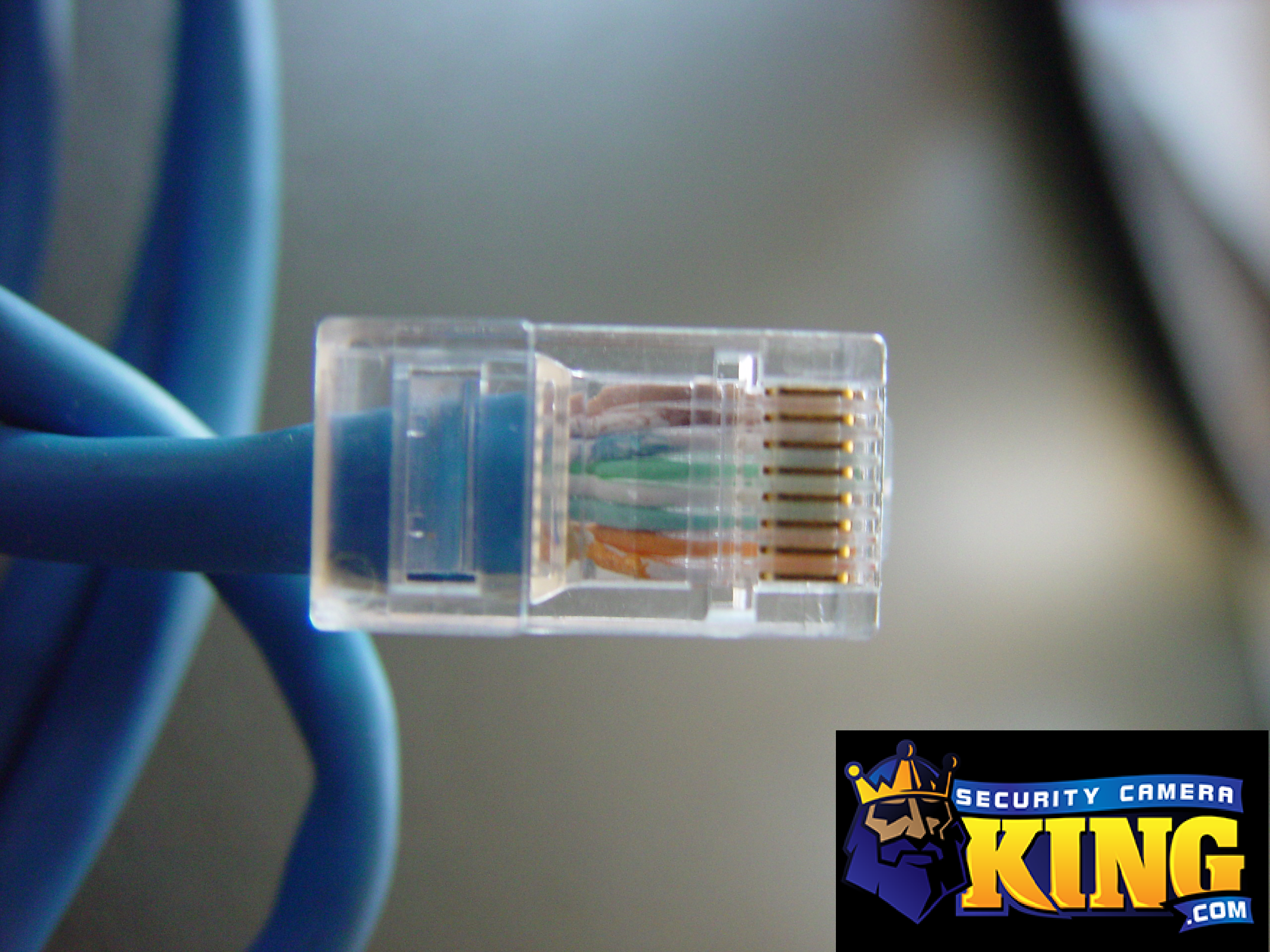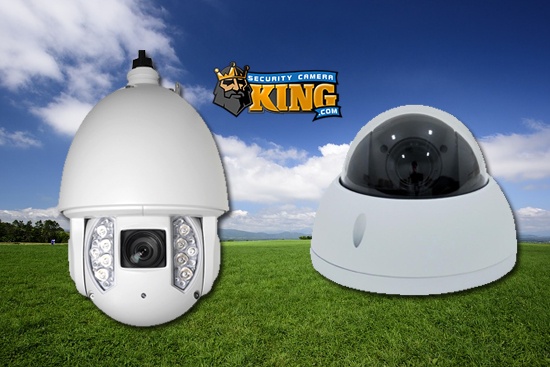Best Networking Cable
Security Camera King carries the best networking cable options to use for your IP camera CCTV applications. Read on to learn more about Network cable, also called Ethernet cable and what options are best for you!
There are two common types of networking cable today you’ll find commonly on the market. Though more types have existed, and do exist, the most common Ethernet cable varieties one will use and /or run into are cat5e and cat6.
“So- Which is better, Cat5 vs Cat6?”
At Security Camera King and likely many other hardware companies) we hear this question a lot. We understand that it can be difficult to choose between these two cable types. There are so many cable types and technologies available nowadays that it can be confusing. We want to make it simpler for you. So, to answer Which is better, Cat5 vs Cat6, we will present it all to you. It first helps to learn a bit about each one, and that will make the final answer that much more clear!
Cat5 is a shorthand for category 5 (and as you can imagine, cat6 is category 6). The cat5 Ethernet cable was first developed in 1995 in order to be used for general purposes. At first, the cat5 network could only handle 100 MBPS (mega bits per second). However by 2001 the need for speed had become too apparent, and cat5 was superseded by cat5e. Cat5e is a serious boost in capabilities that allows it to handle gigabit speeds over 100 meters and 2.5 MBPS in close proximity.
“So What about cat 6?”
Category 6, or cat6 cable is designed a bit differently than traditional cat5. Firstly there is a spline, a large plastic splitter shaped like a tuned-cross which runs through the center of the cable. The ‘spline’ on cat6 cable’s cent runs through the very center of the circumference of the rubber tubing, reducing or eliminating radio interference by separating up the wires from each other in just the right way. EMI (or electromagnetic interference) is the reason for crosstalk. This is the stuff that causes crosstalk. It also can handle up to 10 gigabits at distances under 55 meters. Crosstalk is where data signals from one cable interfere with those denim another, particularly in close proximity. It causes packet loss and other data loss and dropout issues any network based system is trying to actively avoid.
“So- it seems a bit like cat6 is better, is that the final answer?”
We get it, if they were put up pound for pound in a raw performance test it might feel like we have a clear winner- category 6. The truth is though when planning major projects, cost vs gain is something that needs to be heavily considered. It’s good to approach things with a mentality which emphasizes one buy the best tools for the job that keep the total overhead cost down without sacrificing quality where needed.
Cat 6 tends to be significantly more expensive than cat5 Ethernet cable. So when asking what is the best networking cable, maybe there are some situations where the benefits youd gain from cat6 are either non existent or simply don’t apply.
When a lot of data is carried over Ethernet cables (as is the case in close quarters), Cat 6 is probably the better choice. Since electromagnetic interference is a problem, Cat 6 is thought to be the best choice for places where cables are closely packed. Due to its design, it is the perfect choice for places where cables are closely packed. Furthermore, there is more bandwidth on cat 6, which is great for high-traffic systems like servers like this. It is not necessary for other things, though.
The spline is what makes cat 6-the most crucial factor in its usage-so expensive. Because of this, cat 6 is usually a lot more expensive than cat 5 by a substantial amount. This means if there is no cross-talk or the hardware used is not demanding bandwidth, it is not a very good financial investment to go with cat 6. When running cables for workstations, POS systems, residential consumer electronics like Video Game consoles or Blu-ray players, or other end-user equipment, cat 5 is probably a better option for a considerably smaller outlay. It serves a purpose in the IT world and is used frequently in just about any network scenario.
Think of it this way, in a Livingroom where there might only be a few devices, your Wi-Fi does fine for connecting these machines. Ethernet isn’t even used, and wireless signals are far mroe prone to interference than wired ones. In these every day applications, had you chosen to go wired instead of using Wi-Fi Cat-5 would be the better choice.
First of all, most every day devices aren’t equipped with an ethernet card/port that can handle more than a gigabit of data at best. So having more bandwidth available to them isn’t meaningful. Secondly, many everyday devices aren’t going to saturate the bandwidth of cat5, let alone need the bit of extra cat 6 provides.
However if we turn the tables to a major datacenter, office, or neighborhood with tons of CCTV or IP cameras, the story changes. Many of these devices need to be run through underground conduit, lay next to eachother in large bunches underwound in these conduits, and come together in massive clusters to connected back to switches and server sin the same room. This puts a lot of potential EMI and distance to cover as well, with a lot more critical data being moved. In these cases cat-6 is worth the extra investment because of all the potential problems it could solve.
So for the best Networking Cable, its going to come down to what is the application its being used for. Regardless of the job at hand, Security Camera King can fulfill all your Ethernet Needs!
Related: Recorder Time Settings Explained
Find Us On: Facebook | Twitter | YouTube












